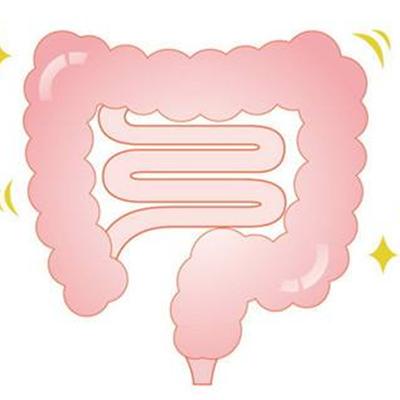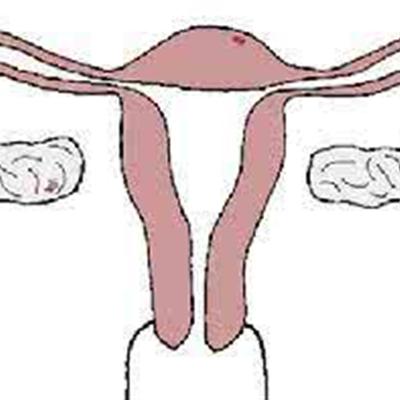Symptoms and signs of small intestinal tumors
summary
How should we deal with and treat this disease? In fact, often we suffer from a disease, we need to consider the patient's condition in time, for the treatment effect of small intestinal tumor disease, we also need to consider the way of operation to deal with, so as to achieve a certain effect. Let's talk about the symptoms and signs of small intestinal tumor.
Symptoms and signs of small intestinal tumors
1. Abdominal pain is the most common symptom, 70% of the cases have varying degrees of abdominal pain. In the early stage, intestinal peristalsis disorder caused by tumor or mesenteric traction were the main causes, and the location of pain was corresponding to the location of tumor. It is umbilicus week concealed pain commonly, bilge painful, aggravate after taking food, do not cause patient to take seriously. If obstruction or perforation occurs, abdominal pain is aggravated, so patients often seek medical treatment.

2. Nearly half of the cases with abdominal mass can touch the mass in the abdomen, jejunal tumor can touch the mass in the left upper abdomen, ileal tumor can touch the mass in the lower abdomen or right lower abdomen. Most of the extraintestinal tumors are large in size. Benign tumors have smooth surface, clear boundary and large activity. Most of the malignant tumors have unclear boundary, uneven surface, hardness and low mobility. In adults, intussusception caused by tumor should be considered if the mass appears occasionally with paroxysmal abdominal pain.

3. Gastrointestinal bleeding is mostly long-term occult blood positive stool, leading to anemia, occasionally bloody stool or a large number of fresh blood stool, and even shock. Massive bleeding, first accompanied by paroxysmal abdominal pain, bowel sounds, followed by fresh bloody stool. The location of the tumor and the amount of bleeding are different. The stool can be brown, brown, sauce red to bright red. If there is a large amount of bleeding in the terminal ileum, the blood color is bright red. Hematemesis and tarry stool can appear in the proximal jejunum. The bleeding rate of smooth muscle tumor, hemangioma and malignant lymphoma is high. Extraluminal smooth muscle tumors can occasionally rupture and cause intra-abdominal hemorrhage.

matters needing attention
For better treatment of small intestinal tumor diseases, we also need to consider our own status quo. We should tell us what the health care knowledge of small intestinal tumor diseases is, and what we should do specifically to alleviate the patient's condition.
















